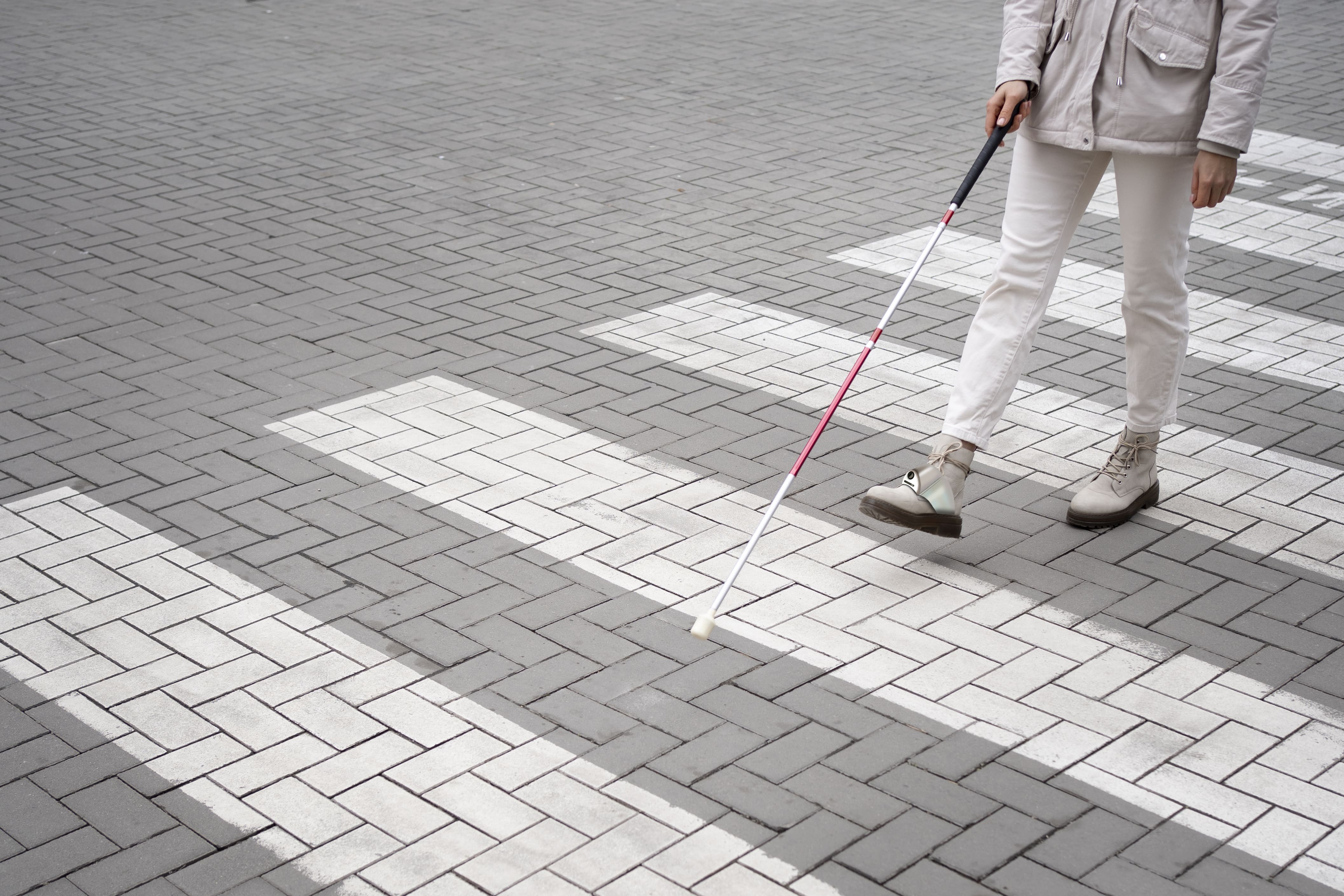The blog post explores the revolutionary impact of wearable devices on the lives of visually impaired individuals, focusing on enhanced navigation, access to information, social connectivity, and the future outlook of accessibility technology.
Enhanced Navigation and Orientation:
Wearable devices equipped with advanced technologies are transforming the way visually impaired individuals navigate the world. By integrating GPS, sensors, and connectivity, these devices offer unparalleled assistance in both indoor and outdoor environments. Real-time navigational guidance provides turn-by-turn directions, instilling confidence and independence in users exploring unfamiliar territories. The integration of sensors, such as ultrasonic or infrared, enables obstacle detection and avoidance, ensuring safe and independent navigation. Additionally, the combination of GPS and indoor positioning systems facilitates navigation through large and complex indoor spaces like airports and shopping malls. The result is visually impaired individuals confidently reaching their destinations, significantly reducing their dependence on others.
Access to Information:
Wearable devices break down barriers by providing access to information that was once inaccessible. Voice assistants, utilizing advanced voice recognition technology, allow users to interact with devices through natural voice commands, offering a seamless and hands-free experience. Text-to-speech conversion, powered by optical character recognition (OCR) technology, enables the scanning and conversion of written text into audible speech. This feature empowers visually impaired individuals to read books, menus, signs, and other printed materials independently. Wearable devices also enhance audio descriptions for visually impaired users when paired with smartphones or tablets, proving particularly useful for activities such as watching movies, attending live performances, or visiting museums. This newfound access to information fosters autonomy, personal growth, and expanded opportunities for visually impaired individuals.
Social Connectivity and Inclusion:
Beyond navigation and information access, wearable devices play a pivotal role in fostering social connectivity and inclusion for the visually impaired. The incorporation of Braille displays and tactile feedback mechanisms facilitates accessible communication, allowing users to send and receive text messages, emails, and social media notifications. Remote assistance features enable real-time communication with family, friends, or professionals, providing a support network when needed. Some devices even offer platforms specifically designed for individuals with visual impairments, encouraging shared experiences, challenges, and support. By nurturing social connectivity, wearable devices empower visually impaired individuals to actively engage in personal relationships, pursue educational and professional opportunities, and lead fulfilling lives within a more inclusive society.
The Power of Wearable Devices:
Wearable devices designed for the visually impaired are not just assistive tools; they represent a significant leap in accessibility technology. These devices are compact, lightweight, and seamlessly integrated into the user’s daily routine. Key features such as speech recognition, voice command, navigation assistance, object recognition, Braille interfaces, and smartphone integration collectively contribute to their transformative power. The advantages include improved mobility, enhanced communication, increased safety, access to information, and improved social interaction. Wearable devices empower visually impaired individuals to break free from the limitations of their condition, offering solutions that enhance their overall quality of life.
The Future Outlook:
As technology continues to evolve, the future holds promising advancements in wearable devices for the visually impaired. While the current features are already groundbreaking, there is room for improvement. Enhancements in battery life will ensure uninterrupted accessibility for users, addressing a common concern with wearable technology. Improvements in object recognition technology will enhance accuracy and reliability, allowing visually impaired individuals to navigate more confidently in various environments. The ongoing focus on accessible design ensures inclusivity for users with different levels of impairments. Collaborative efforts among technology developers, researchers, and policymakers are crucial to supporting research and development in the field of wearable technology, paving the way for even more remarkable innovations that can transform the lives of millions of visually impaired individuals worldwide.
Conclusion:
In conclusion, wearable devices are not merely gadgets but transformative tools that empower visually impaired individuals with newfound independence, access to information, and social connectivity. By revolutionizing navigation, breaking down information barriers, and fostering inclusive social interactions, these devices contribute to creating a more accessible and inclusive world. As technology advances, the future of wearable devices for the visually impaired holds great promise, offering continuous innovation and groundbreaking solutions that will further enhance their quality of life. Wearable devices are a beacon of hope, breaking barriers, and shaping a future where visual impairments are not limiting factors but opportunities for empowerment and inclusivity.




